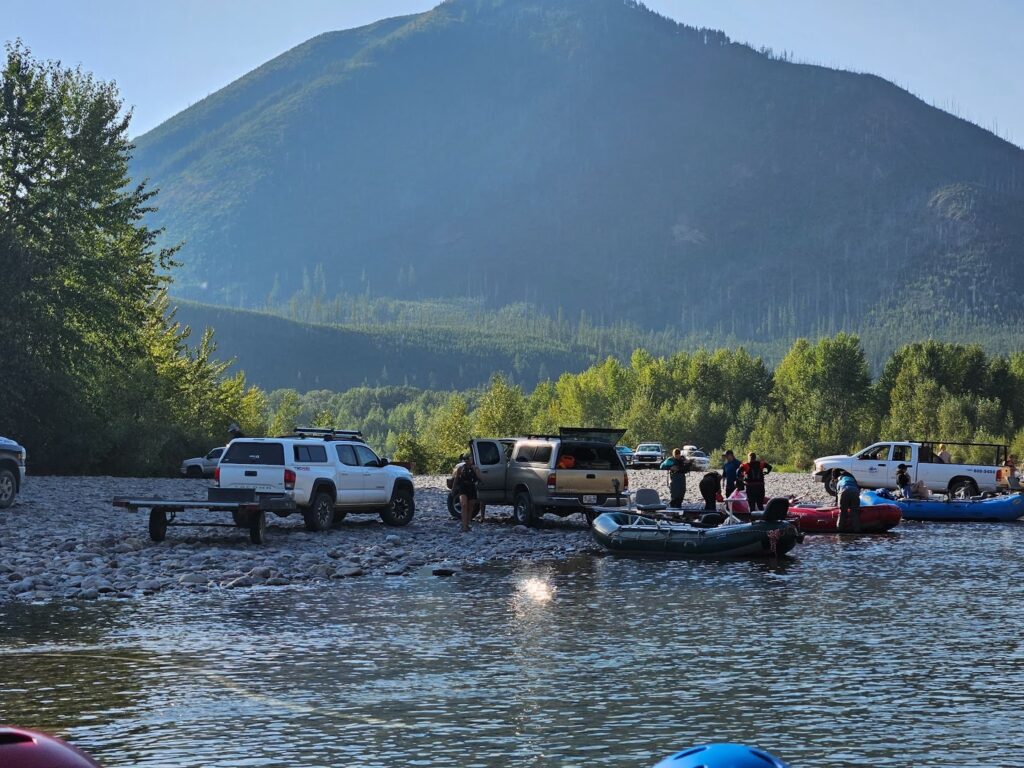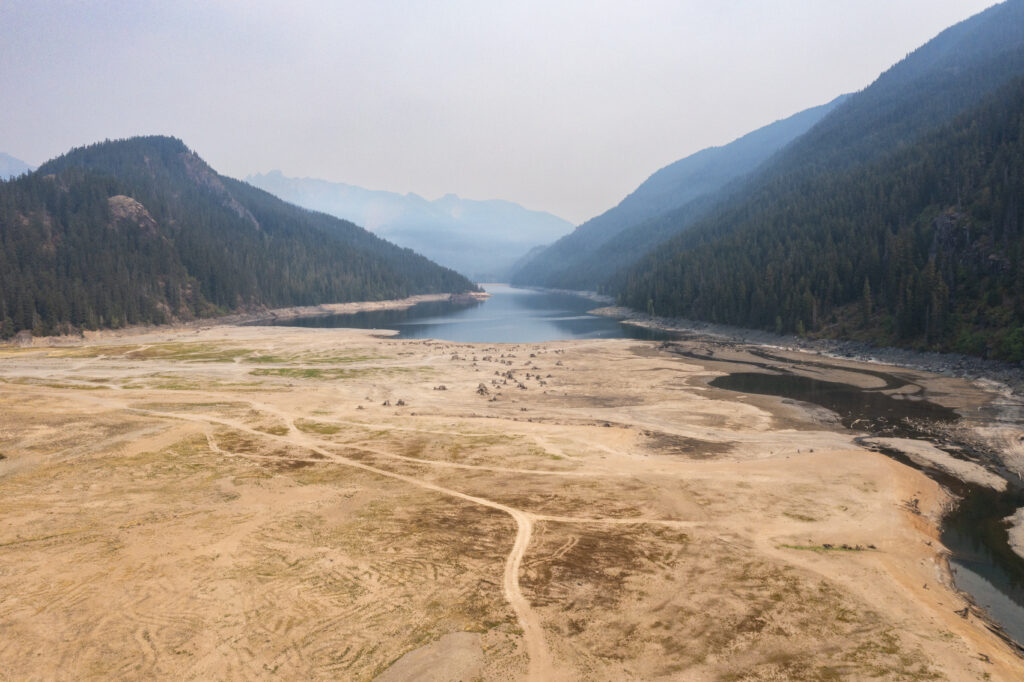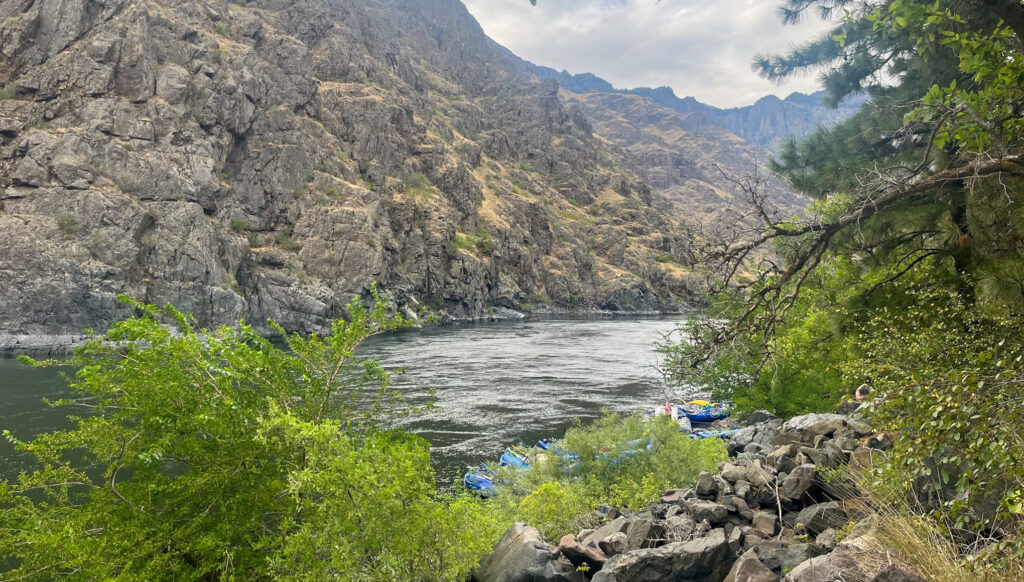No, You Can’t Suck Rivers Dry
This is a guest blog written by Gerrit Jöbsis - EPA ruling disallows use of harmful South Carolina water withdrawal law
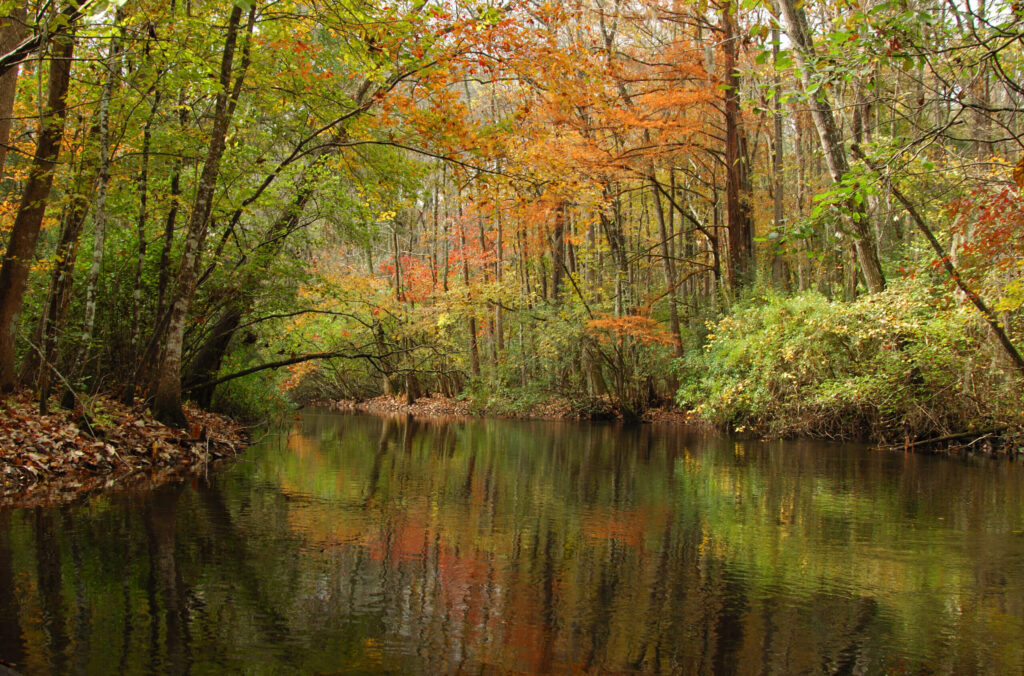
The rivers in South Carolina could run out of water. And under existing state law, South Carolina government is allowing all water flow to be legally sucked from a river. In essence, this was the determination that the federal Environmental Protection Agency (EPA) made when it disallowed state water withdrawal rules because they are not scientifically defensible and do not protect clean water and aquatic wildlife. It is the first time EPA has rejected a state water flow standard. The EPA decision is a big step in a decade-long effort by American Rivers and our partners- Upstate Forever and the Southern Environmental Law Center. These groups threatened to sue the agency if it did not review the state water withdrawal law and associated regulations for compliance with the Clean Water Act.
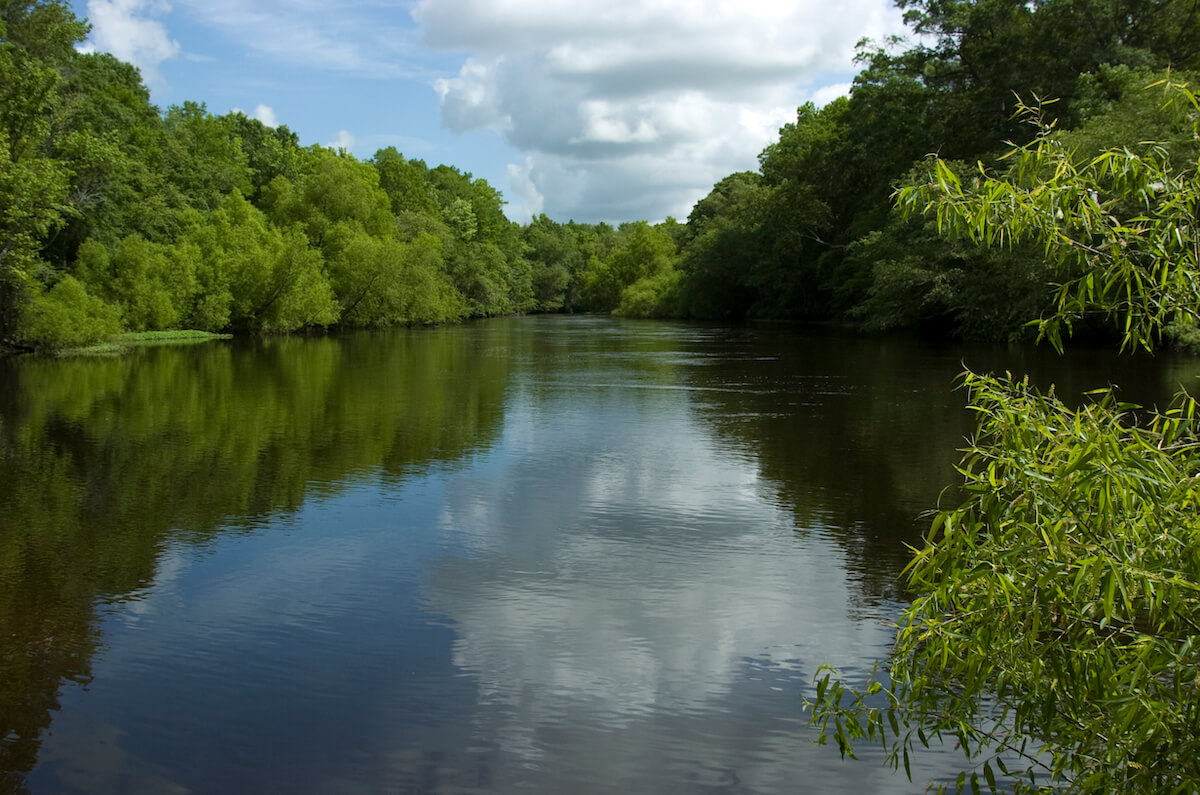
Healthy, flowing rivers in South Carolina have been in jeopardy since the passage of the South Carolina Surface Water Withdrawal, Permitting, Use, and Reporting Act which went into effect in 2012. The law and associated regulations created the state’s first regulatory program for water withdrawals. That’s the good part. The law also set a statewide minimum standard that is woefully inadequate for protecting aquatic life, fishing, boating, and downstream users. It allowed withdrawers to take up to 80% of a river’s average annual flow. Even worse, the regulation exempted agricultural withdrawers from maintaining flows during low flow periods meaning they could keep taking water until the river is literally sucked dry.
American Rivers and partners brought attention to the failures of the South Carolina policy by listing the South Fork of the Edisto River as a Most Endangered Rivers® in 2014 and the entire Edisto River in 2015. These rivers have been most heavily impacted by excessive water withdrawals. Despite substantial public sentiment against the implementation of the law – an estimated 400 people vocally opposed to the mismanagement of South Carolina’s water participated in a January 2014 public meeting – the South Carolina legislature was unmoved by this outcry to end the agricultural exemption and make other changes needed for protecting river health and recreation uses.
Finally, the EPA ruled in May of this year that South Carolina’s water withdraw law was not in compliance with the Clean Water Act. The nation’s bedrock environmental law, the Clean Water Act was written by Congress to protect and restore the biological, chemical and physical quality of the nation’s waters. Federal courts have affirmed numerous times that ensuring healthy water flows falls under the Clean Water Act. You can’t have a healthy river without enough water!
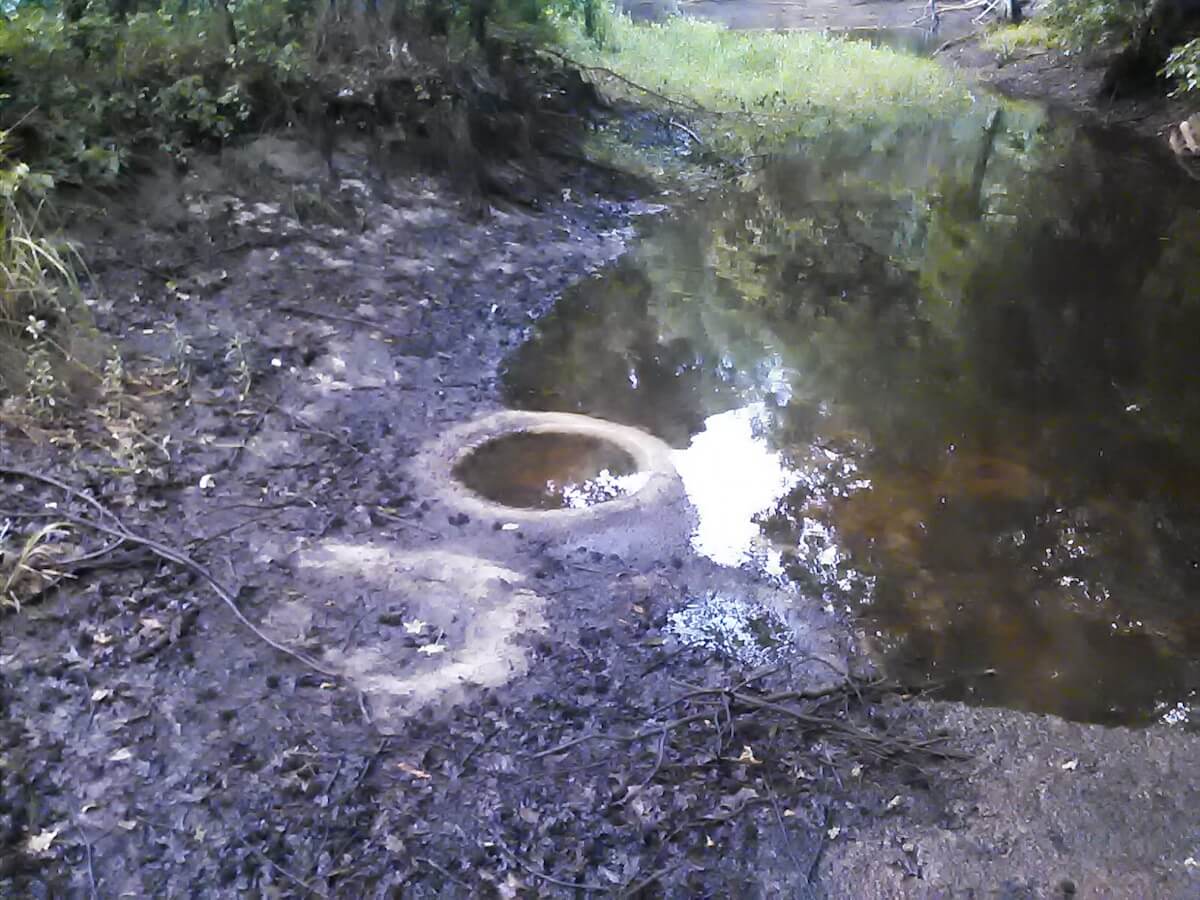
EPA has ordered South Carolina to stop using its state water withdrawal law and accompanying regulations for any Clean Water Act related permitting decisions. The state is now in the process of developing new, protective standards for stream flow and lake levels. This will hopefully produce a new regulation and recommendations to the state legislature that would be scientifically defensible and ensure the health of the state’s rivers and lakes.
Specifically, the EPA found:
- The South Carolina Surface Water Withdrawal, Permitting, Use, and Reporting Act set a water quality standard as defined by the Clean Water Act for regulating water flows and lake levels;
- The state law also set a water quality standard as defined by the Clean Water Act for “safe yield”, the amount of water that can be withdrawn from a river or lake;
- These two standards do not protect the “biological, chemical and physical integrity” of the state’s waters and are, therefore, in violation of the Clean Water Act;
- South Carolina cannot use these standards for any Clean Water Act purposes; and
- The state must develop new water quality standards during 2022 and submit them to EPA for review to ensure compliance with the Clean Water Act.
This precedent setting decision is a big step in preventing excessive water withdrawals and harmfully inadequate minimum flow requirements that have threatened the state’s rivers for a decade. It opens a new path for water management in South Carolina and provides an example to other southeastern states for protecting our region’s rivers and ensuring enough clean water for people and nature.

